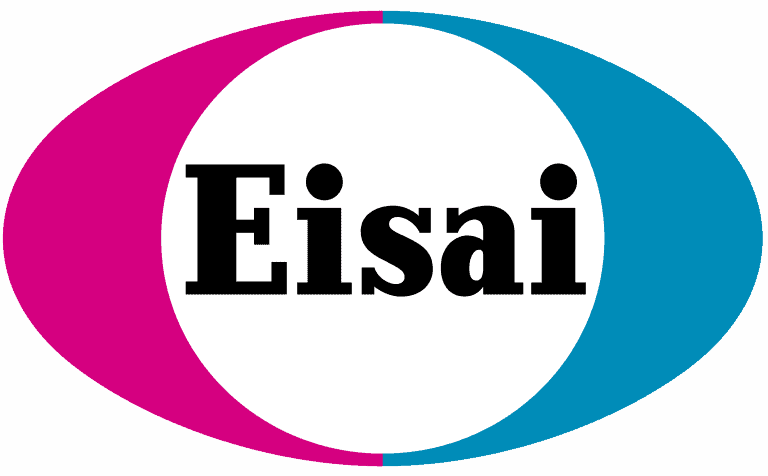The International Classification of Disease (ICD) is a list first introduced in 1948 by the World Health Organization (WHO) and is coordinated by the Centers for Medicare & Medicaid Services (CMS) and the Centers for Disease Control and Prevention (CDC). It is a system used by healthcare providers to classify and code diagnoses, symptoms, and procedures recorded in conjunction with hospital care in the U.S., and it is important for health insurance reimbursement, administration, epidemiology, and research. There have been revisions to the system over the years, so when we use the term ICD-10 it means the list currently in use is the 10th revision. Work began on ICD-10 in 1983, and it took effect in 1994. ICD-11 was presented by WHO in May 2019, and will go into effect on January 1, 2022. Codes approved for ICD-10 will be inherited into ICD-11.
In the U.S., proposals for additions or revisions to the current ICD are heard each March and September at a live meeting hosted in Baltimore. Since 2018, DSF has worked with its Medical Advisory Board to obtain ICD-10 codes specific to Dravet syndrome, and we were pleased to receive confirmation this week from the Centers for Disease Control and Prevention (CDC) that codes for Dravet syndrome have been approved and will become effective (FY2021) on October 1, 2020.
The new codes are:
G40.83 Dravet syndrome
Polymorphic epilepsy in infancy (PMEI)
Severe myoclonic epilepsy in infancy (SMEI)
G40.833 Dravet syndrome, intractable, with status epilepticus
G40.834 Dravet syndrome, intractable, without status epilepticus
You may wonder why it is important for a rare disease like Dravet syndrome to have its own unique ICD-10 codes and why our community worked so hard to acquire them. Without a specific code several things can happen that can be detrimental for our patient population. Physicians must use an existing code which doesn’t fully reflect the full spectrum of the disease. For instance, many Dravet patients may be currently coded as G40.8 Other epilepsy and recurrent seizures. This is a very broad description that does not encompass all of the symptoms and healthcare needs of a patient with Dravet syndrome. Having the appropriate coding in a patient’s medical record may also make it easier to secure coverage for indicated medications and medical testing required for recognized co-morbidities of the disease. And, without a specific ICD-10 code, it is difficult to track how many people have the disease and where they are located. If patients are not being properly coded, we might not be accurately tracking all of the characteristics of the disease, as well as assuring that patients are receiving appropriate care.
This is a significant accomplishment that will truly benefit our patient community. Special thanks to Dr. Ian Miller of Nicklaus Children’s Hospital who presented our proposal in person on two occasions to the ICD committee, as well as to the rest of our Medical Advisory Board members who helped with the development of the proposal.






